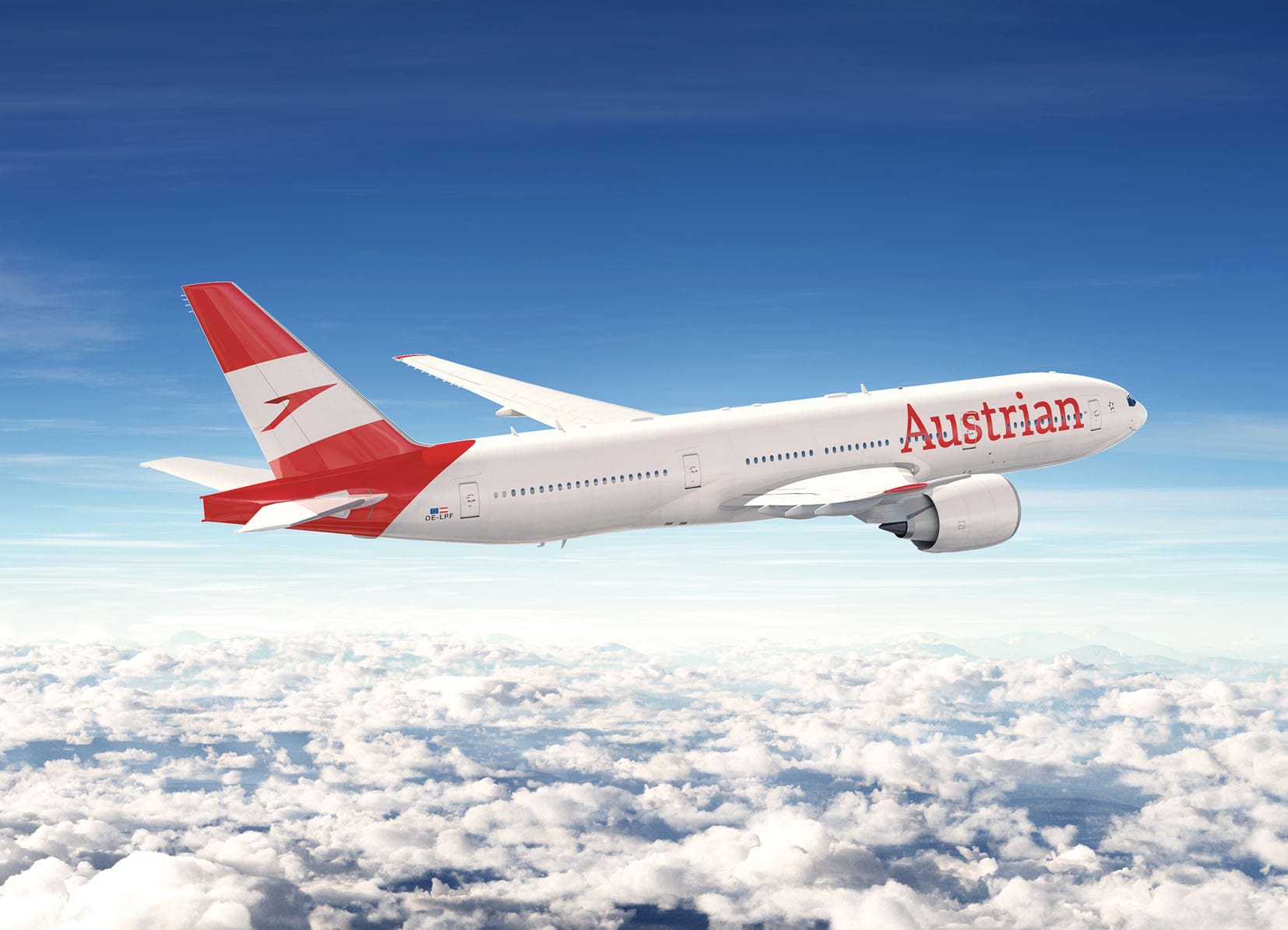Sunday, September 15, 2024 Austrian Airlines (AUA) faced a turning point in September 2009 when the Austrian government sold its national carrier to Lufthansa , driven by the financial pressures of the 2008 global financial crisis . Years of losses had taken their toll on AUA, making the sale a strategic move to stabilize the airline. Under Lufthansa’s ownership , AUA found its footing and achieved a more secure financial position.
From 2013 until the disruption caused by the COVID-19 pandemic , the airline consistently posted positive operating profits, marking a period of recovery and growth. However, the pandemic temporarily halted its profitability streak, forcing the airline to adapt. AUA has since embarked on a significant restructuring of its operations.

The airline streamlined its fleet, retiring older planes and reducing its route network to focus on more profitable destinations. A critical component of this overhaul is the ongoing replacement of its aging Boeing 777 and 767 widebody aircraft , which have an average age of 25 years . The new Boeing 787-9 Dreamliners are being phased in as part of a modernisation program scheduled to continue through 2028 , aimed at boosting fuel efficiency and reducing operational costs.
In addition, AUA’s narrowbody Airbus A320 family fleet , with an average age of 19 years , will soon need replacement to maintain competitiveness and meet environmental goals. This next fleet update is likely to be a priority on the airline’s investment agenda. Despite its return to profitability in 2023 , AUA’s financial position remains somewhat fragile.
With market conditions still volatile, the airline must carefully navigate its next steps. Lufthansa will expect a robust return on any future investments, especially those linked to fleet renewal. AUA now faces the challenge of maintaining profitability while investing in the future, balancing growth with the need for financial prudence in a rapidly evolving industry.
.



















